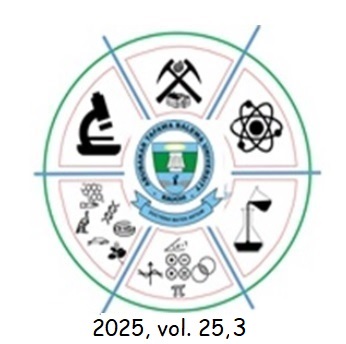Distribution, Seasonal Fluctuation and Infectivity of Schistosome Snail Hosts at Kiri Reservoir, Nigeria
Keywords:
Kiri, Nigeria, Schistosome hosts, Seasonal variation.Abstract
Kiri Lake, now over four decades old, has received limited scientific attention regarding its
role in the transmission of water-related diseases. Recent reports, however, have linked
schistosomiasis transmission in seven nearby communities to the lake, as its waters serve as
the primary source for domestic use. In light of these concerns, this study investigated the
distribution, seasonal population dynamics, and infection rates of freshwater snails, which act
as intermediate hosts of schistosomes. Snails were sampled over a 20-month period using
long-handled scoop nets at five strategically selected water contact sites. The study focused
on species identification, seasonal population density, and infection prevalence. In addition,
physicochemical parameters of lake water were analyzed, aquatic vegetation types were
recorded, and human water contact activities were monitored throughout the study period.
Three schistosome intermediate host snails were identified: Bulinus globosus, Bulinus
truncatus, and Biomphalaria pfeifferi. The densities of B. globosus and B. pfeifferi peaked
during the hot dry season but declined markedly during the rainy season. These seasonal
variations were statistically significant within sites (p < 0.001), but not between sites (p >
0.001). In contrast, B. truncatus populations showed little seasonal fluctuation. All three
species were naturally infected with schistosomes. The seasonal infection trend mirrored
that of uninfected snails, though differences in infection prevalence were not statistically
significant (p > 0.001). The findings confirm that schistosomiasis is endemic in the Kiri Lake
area and underscore the lake’s role as a persistent transmission focus. Control strategies
should therefore adopt an integrated approach, combining snail population management,
health education to reduce risky water contact behaviors, and provision of alternative potable
water sources. Such interventions will be crucial to reducing disease burden and improving
public health outcomes for the surrounding communities.
Downloads
Downloads
Published
Issue
Section
License
Copyright (c) 2025 Journal of Pure and Applied Sciences (Science Forum)

This work is licensed under a Creative Commons Attribution-NonCommercial-ShareAlike 4.0 International License.




